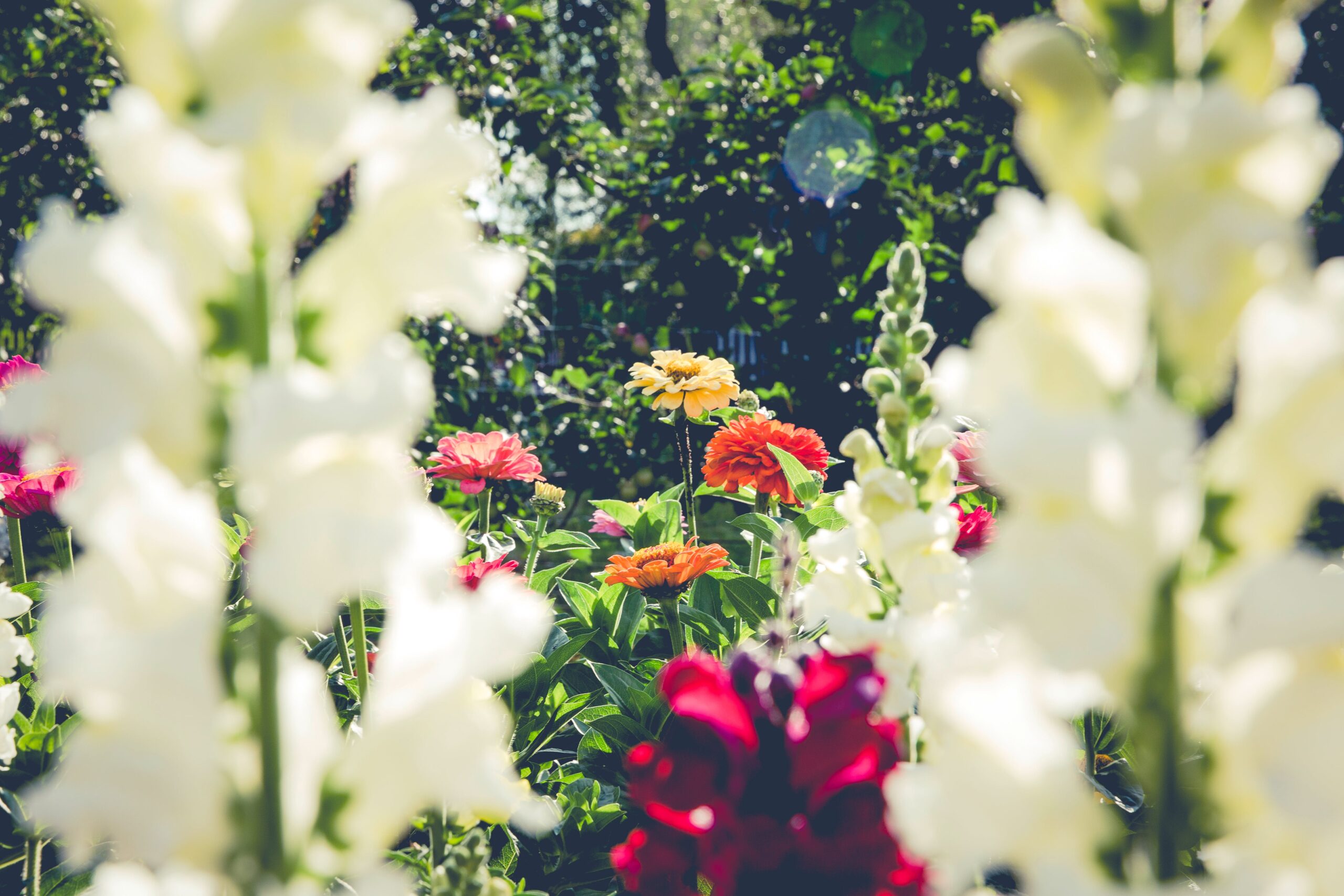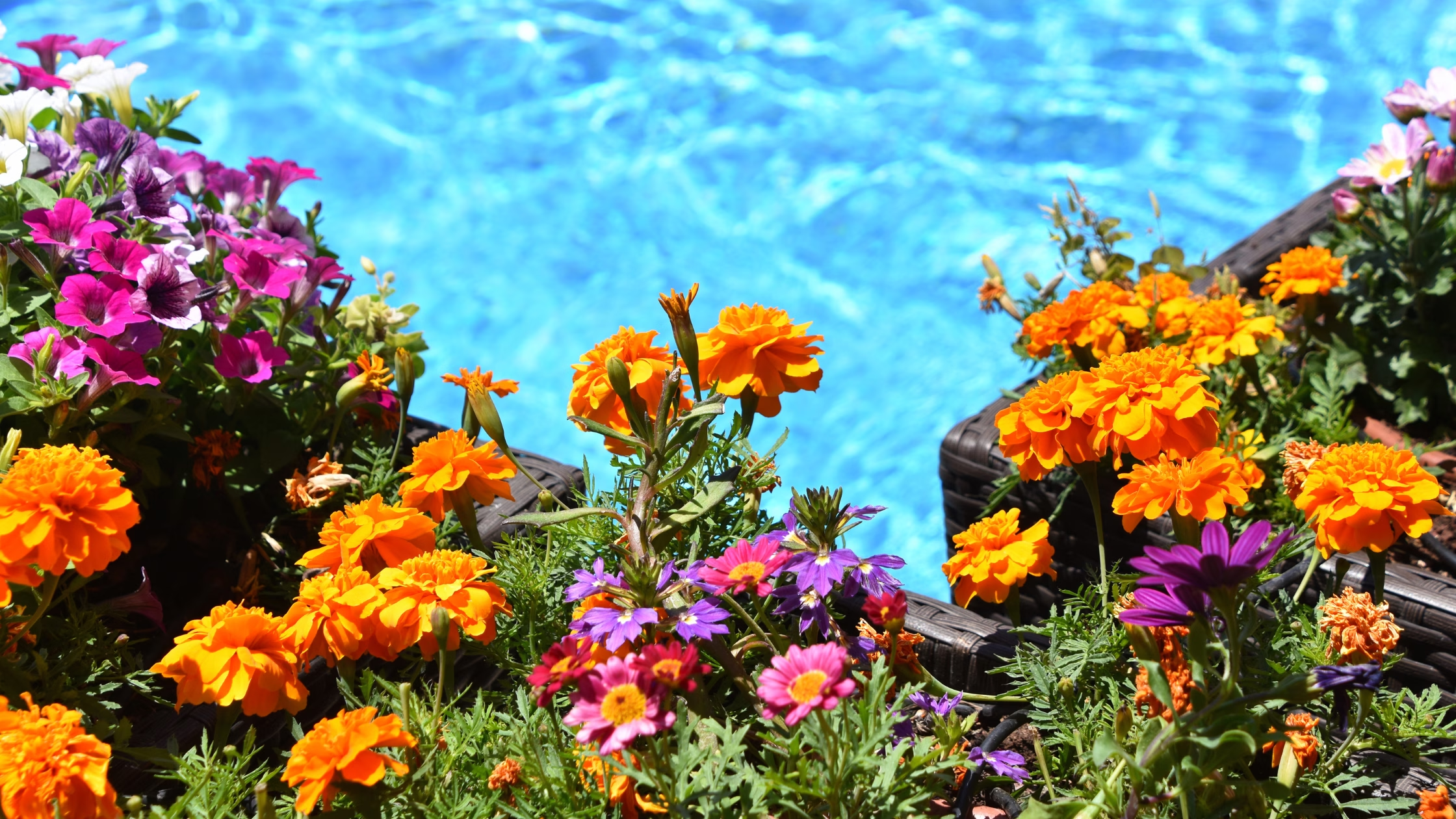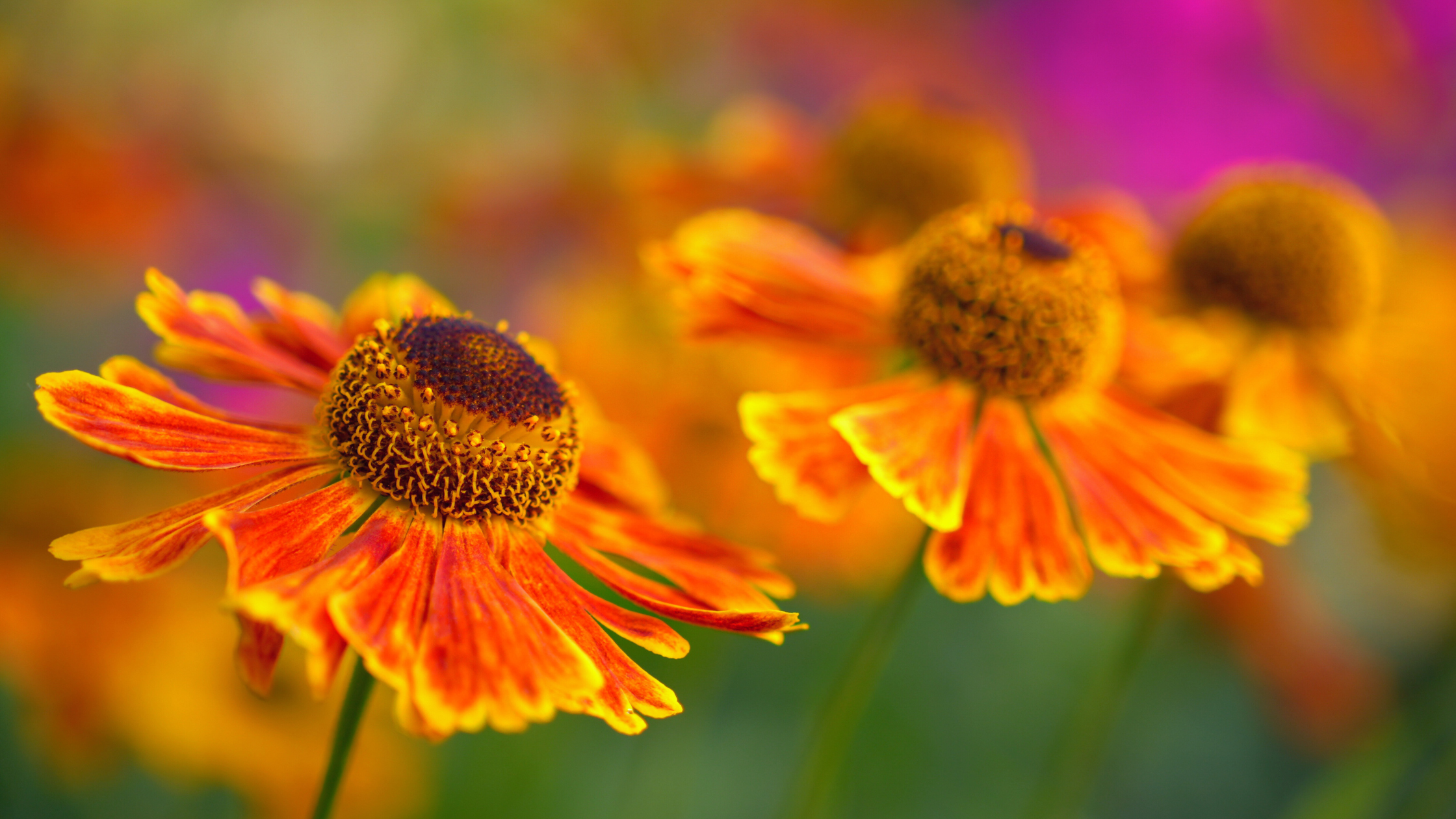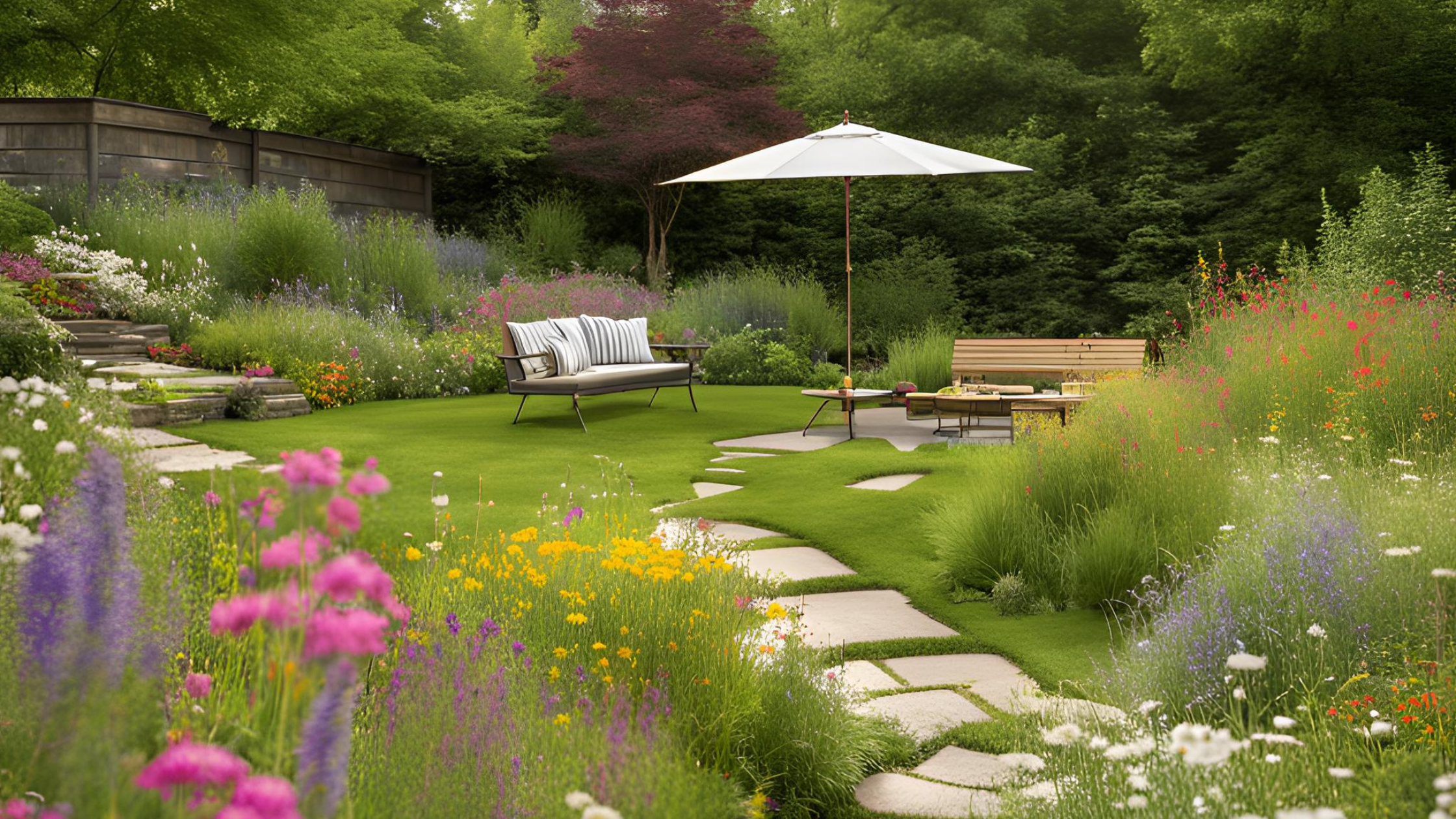Welcome to a comprehensive guide on everything you need to know about gardening in Zone 7a. This guide covers plant selection, soil preparation, ideal planting times, and natural pest control methods, all the questions I had when I started. Let’s embark on a gardening journey tailored to the distinct characteristics of Zone 7a and only 7a.
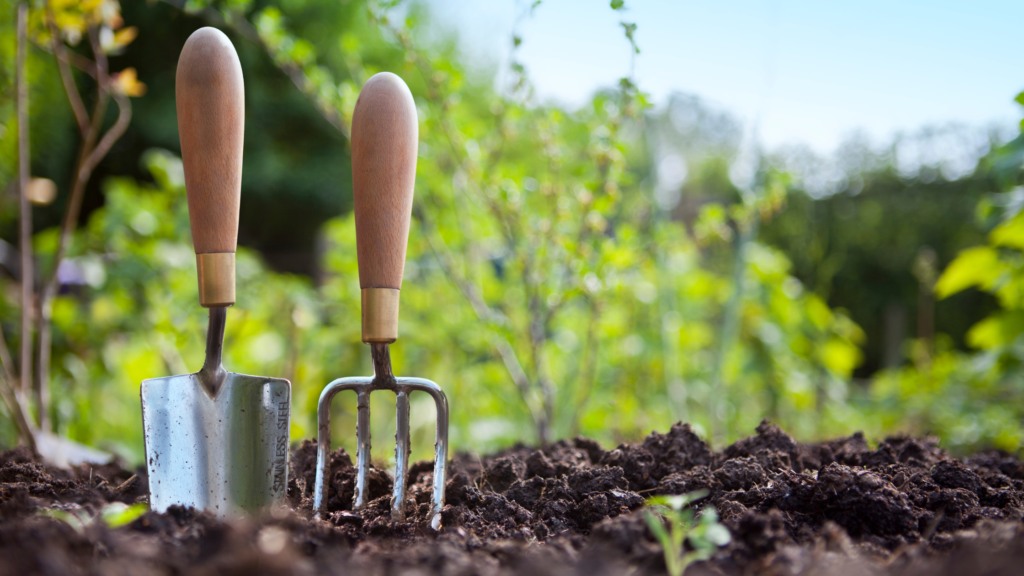
1. Plant Selection
Selecting the right plants for Zone 7a is crucial for successful gardening. Ensure that the plants you choose are hardy enough to withstand winter temperatures and also be able to tolerate the humid heat of the summer. These plants will return year after year with proper care and attention and allow for a low maintenance gardening experience.
Cold-Hardy Perennials for Zone 7a:
(All links are clickable for purchase)
Coneflower :
-Known for its vibrant, daisy-like flowers, coneflowers are drought-tolerant and attract pollinators.
Black-Eyed Susan:
-These cheerful yellow flowers bloom throughout the summer and are easy to grow.
- Amazon’s Choice: Black Eyed Susan Seeds – Extra Large Packet
Sedum :
-Succulent sedums are drought-resistant and come in various forms, adding texture to the garden.
-A great groundcover and rock garden selection. For more on ground covers:
- Amazon Pick: Seed Needs, Dragon’s Blood Sedum Seeds
Daylily:
-With a wide range of colors, daylilies are hardy perennials that require minimal care.
-Daylillies should be divided every 3-5years to maintain their health as well as ensuring they continue to bloom. You will have an endless supply of this low maintenance perennial.
Hosta :
-Known for their lush foliage, hostas thrive in shade and come in various sizes and colors.
-Hostas should be divided every 3-4years or when they become overcrowded. The best time to divide hostas is in spring or fall.
-Make sure to apply pest control in early fall as these are a deer and rabbit favorite.
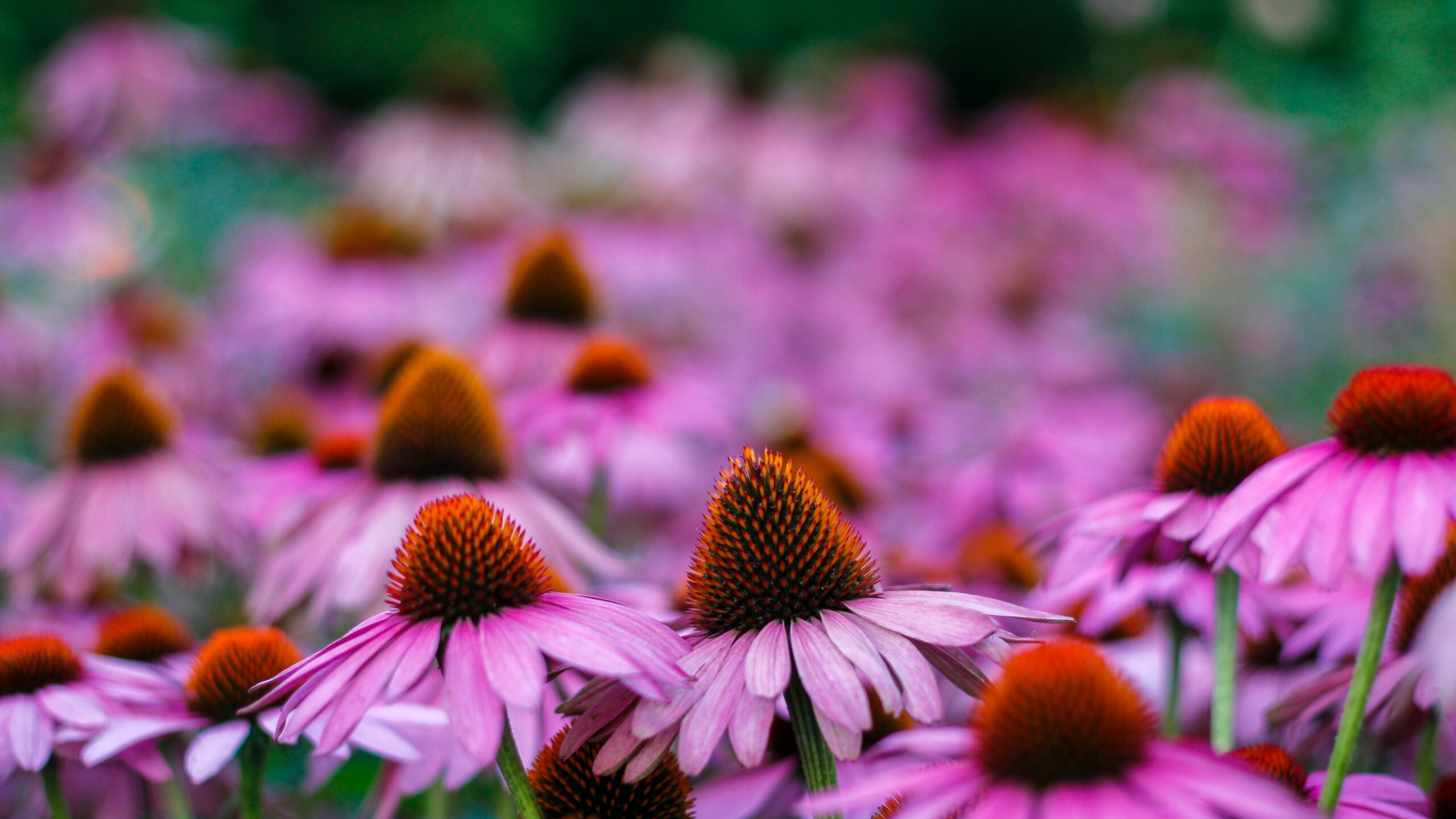
Cold-Hardy Shrubs for Zone 7a:
(All links are clickable for purchase)
Forsythia:
-These early spring bloomers display bright yellow flowers and are relatively low-maintenance.
Spirea:
-spireas offer different sizes and colors, providing options for different garden spaces.
Boxwood:
-Evergreen boxwoods are versatile, providing year-round interest and serving as hedges or focal points.
Viburnum:
-These shrubs offer beautiful clusters of flowers in spring and often produce berries in the fall.
Hydrangea:
-varieties like panicle and smooth hydrangeas, are well-suited for Zone 7a.
Cold-Hardy Trees for Zone 7a:
Dogwood:
-Flowering dogwoods offer showy blossoms in spring and attractive foliage in the fall.
Japanese Maple:
-ornamental trees prized for their unique leaf shapes and vibrant foliage colors.
Redbud:
-Redbuds display pink or purple flowers in early spring, adding a burst of color to the landscape.
Eastern Red Cedar:
-An evergreen tree that is adaptable to various soil conditions and provides year-round interest.
Sweetbay Magnolia:
-This magnolia species has fragrant white flowers and thrives in moist, acidic soils.
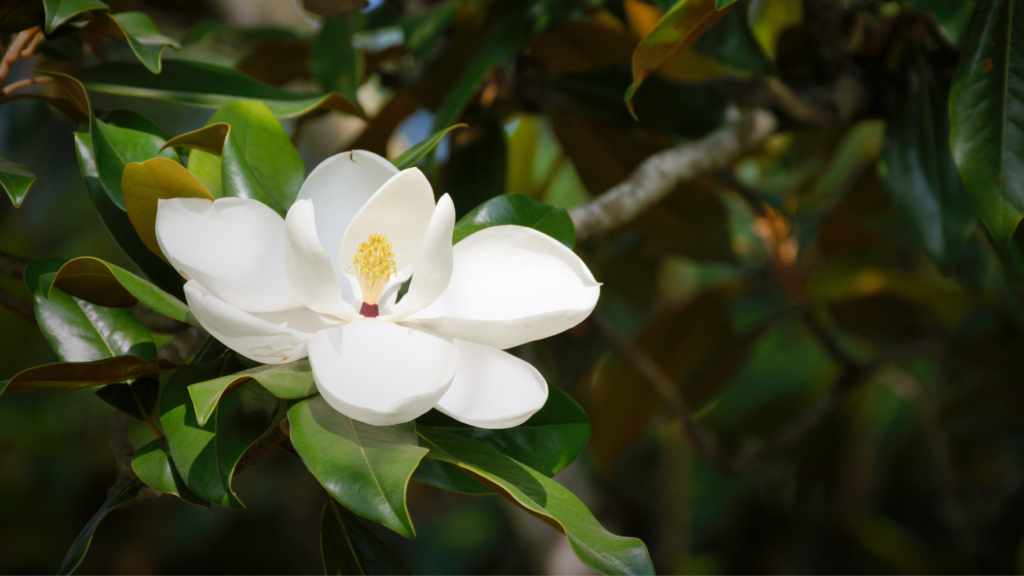
Best Recommended Time for Planting Perennials:
Fall Planting (Late September to October):
- Fall is an excellent time for planting perennials in Zone 7a.
- Cooler temperatures reduce stress on plants, allowing them to establish roots before winter.
- Adequate time before the first frost allows plants to settle in and prepare for winter dormancy.
Early Spring Planting (March to April):
- Planting in early spring provides perennials with a head start as the weather warms.
- Avoid planting too early when the soil is still cold and excessively wet.
Late Spring Planting (May to June):
- Late spring planting is suitable for perennials purchased as potted plants.
- Ensure adequate watering during warmer periods to support establishment.
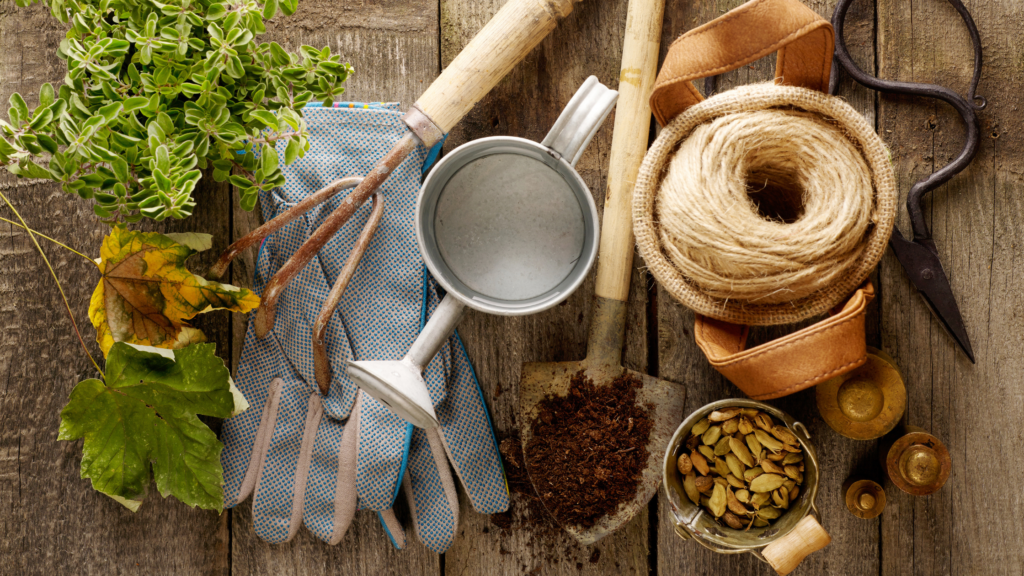
2. Frost Dates:
Understanding your region’s average last and first frost dates is essential for proper timing in gardening activities. As a general guideline, here are approximate average last and first frost dates for Zone 7a:
–Average Last Frost Date: Around mid-April to early May.
–Average First Frost Date: Around mid-October to early November.
*an easy general rule for us here in Zone 7a is not to plant anything outside until after Mothers Day. I didn’t believe it at first, but after learning the hard way this rule has proven itself to be very true!
-Use frost blankets or row covers to protect plants during potential late spring or early fall frosts. Always a good idea – I definitely recommend keeping these around.
- Consider visiting our blog: What to Plant 30 Days Before Last Frost Dates for some hardy options to start before Mother’s Day weekend.
3. Soil Preparation:
Amending Soil:
- Compost: Adding compost is an excellent way to improve soil fertility and structure. Incorporate a generous amount of well-rotted compost into the top few inches of soil.
- Organic Matter: these options include well-rotted manure, leaf mold, or aged sawdust. They help contribute nutrients and enhance soil structure.
- Extra Tip: Lining the base of your bed with cardboard boxes and watering them down is also a great way to encourage worms and nutrition as they break down, not to mention helping with weed control.
Choosing Mulch:
Applying mulch to the soil surface helps to retain moisture, regulate temperature, and suppress weeds.
–Straw or Hay: Straw or hay is an effective mulch that also adds organic matter as it breaks down. Apply a layer of 2-4 inches around plants, leaving space around stems.
–Wood Chips or Bark Mulch: These types of mulch are aesthetically pleasing and help regulate soil temperature. Apply 2-4 inches around plants, avoiding direct contact with stems.
–Leaves: provide insulation and organic matter by using shredded leaves. Apply a layer of 2-4 inches.
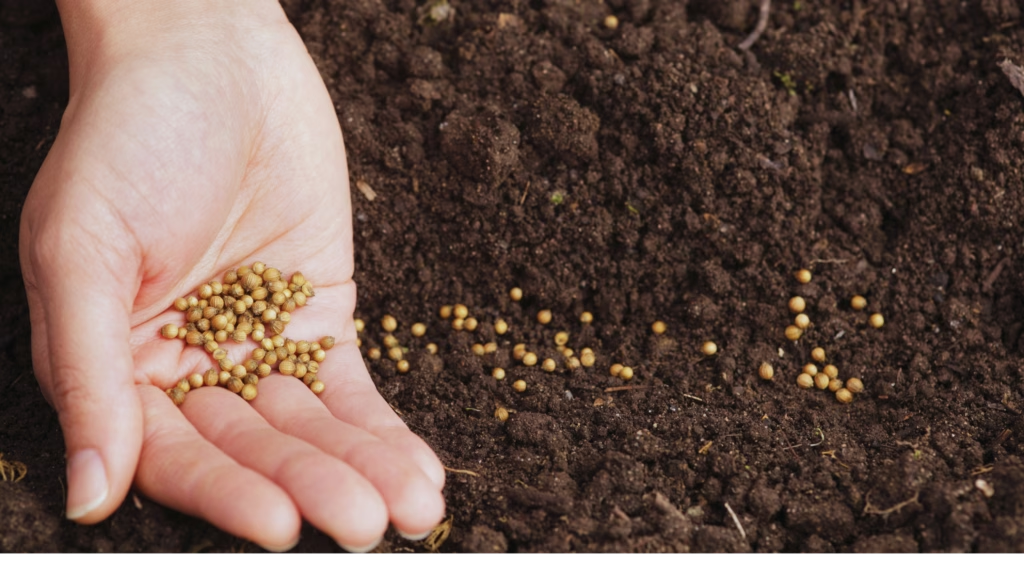
When to Start Soil Preparation:
Begin soil preparation well in advance, ideally a few months before the last frost date.
-Early preparation provides time for microbial activity and nutrient breakdown.
-For spring planting, start soil preparation in late fall or early winter. For fall planting, begin soil preparation in late summer.
Additional Tips:
- Mulching Around Perennials: Mulch around perennial plants, leaving a gap around the base to prevent moisture-related issues.
- Avoid Overworking Soil: While it’s essential to amend the soil, avoid excessive tilling, as it can disrupt soil structure and microbial activity.
- Cover Crops: Consider planting cover crops in the fall to protect and nourish the soil during the winter months.
4. Vegetable and Flower Gardening:
Planning your vegetable garden based on the growing season in Zone 7a is crucial for a successful harvest. Below are the best flowers, herbs and vegetables for Zone 7a and their sowing timeframes.
Flowers:
(All links are clickable for purchase)
Zinnias:
–Start Indoors or Direct Sow:
This is a versatile flower and can be started indoors 4-6 weeks before the last frost or directly sown in the ground after the last frost.
Marigolds:
–Start Indoors or Direct Sow:
Marigolds can be started indoors 6-8 weeks before the last frost or sown directly in the ground after the last frost.
Cosmos:
–Direct Sow:
-can be sown directly in the ground after the last frost for easy and successful cultivation.

Herbs:
(All links are clickable for purchase)
Basil:
–Start Indoors:
-Basil benefits from an early start indoors, 6-8 weeks before the last frost, as it thrives in warm conditions.
Chives:
–Direct Sow:
-Chives can be directly sown in the ground after the last frost, and they’re easy to grow from seed.
Parsley :
–Start Indoors or Direct Sow:
-Parsley can be started indoors 8-10 weeks before the last frost or sown directly in the ground after the last frost.
- Product Recommendation: Sereniseed Certified Organic Herb Seeds (10-Pack)
Vegetables:
(All links are clickable for purchase)
Tomatoes:
–Start Indoors
-Tomatoes benefit from an early start indoors, 6-8 weeks before the last frost, as they require a longer growing season.
Peppers:
–Start Indoors
-Should be started indoors 8-10 weeks before the last frost to ensure a longer growing season.
Cucumbers:
–Direct Sow
-Can be sown directly in the ground after the last frost, as they prefer warm soil.
Lettuce:
–Direct Sow
-Lettuce can be directly sown in the ground, and multiple plantings throughout the season ensure a continuous harvest.
Carrots:
–Direct Sow
-Carrots are best sown directly in the ground after the last frost, as they don’t transplant well.
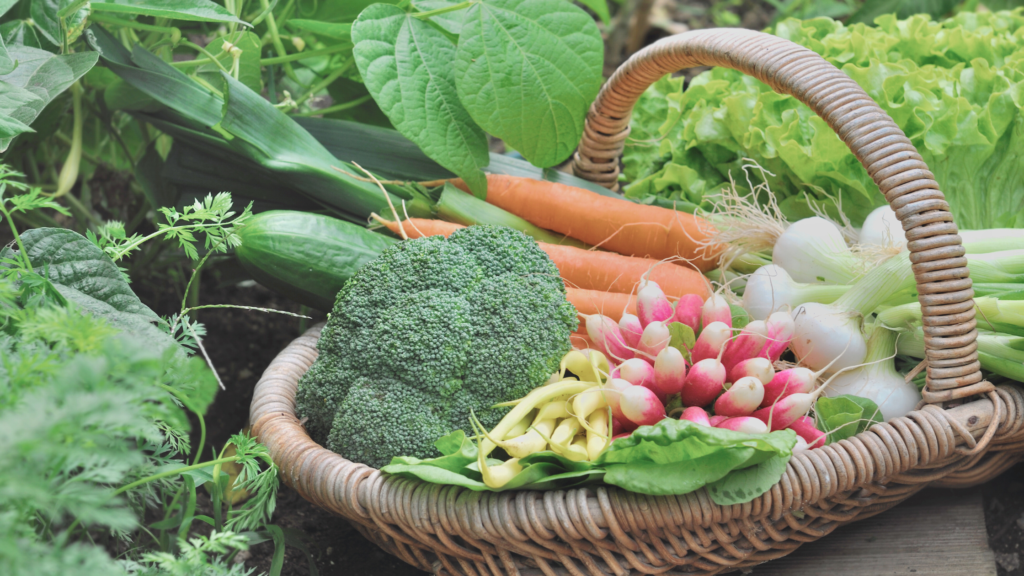
Beans:
–Direct Sow
-Both bush and pole varieties, are easy to grow from seed and can be directly sown after the last frost.
Radishes:
–Direct Sow
-Quick-growing, sow directly in the ground after the last frost for a fast harvest.
Squash:
–Direct Sow
-Squash, including zucchini and summer squash, can be directly sown in warm soil after the last frost.
Cabbage:
–Start Indoors
-Cabbage can be started indoors 8-10 weeks before the last frost, providing an early start for this cool-season crop.
Broccoli:
–Start Indoors
-Broccoli benefits from an early start indoors, 8-10 weeks before the last frost, for a robust growing season.
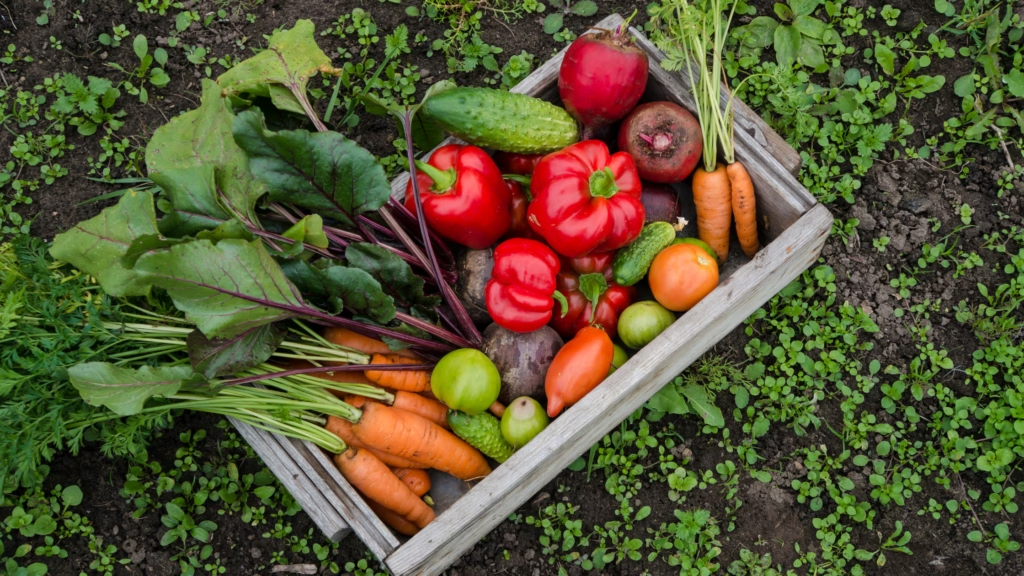
5. Watering:
Providing sufficient and consistent watering, especially during dry periods, is critical for healthy plant development in Zone 7a.
-Water deeply and infrequently to encourage deep root growth.
-Use soaker hoses or drip irrigation to deliver water directly to the soil.
-Water in the morning to reduce evaporation and minimize disease risk.
6. Pest Control:
Pest control is essential to prevent damage to plants. Make sure to regularly monitor and inspect your plants for signs of chewed or discolored foliage and implement preventive measures as soon as possible to ensure a thriving garden. Use organic pesticides or insecticidal soaps as needed, following label instructions- this is a last resort for me as I like to do everything I can before using chemicals .
Flowers with Pest-Repelling Properties:
1.Marigolds: Marigolds deter nematodes in the soil and repel various insect pests with their strong scent.
2.Chrysanthemums: Chrysanthemums contain pyrethrin, a natural insect repellent effective against various pests.
3.Nasturtiums: Nasturtiums repel aphids, whiteflies, and squash bugs, making them beneficial companion plants.
4.Lavender: Lavender’s aromatic fragrance repels mosquitoes, moths, and fleas.
5.Petunias: Petunias help repel aphids, tomato hornworms, and other common garden pests.
Herbs with Pest-Repelling Properties:
1.Basil: Basil repels mosquitoes and flies and can also help protect nearby plants from certain pests.
2.Rosemary: Rosemary repels mosquitoes, carrot flies, and cabbage moths.
3.Mint: Mint deters ants, aphids, and cabbage moths. Plant in containers to prevent spreading.
4.Chives: Chives repel aphids and protect against fungal diseases.
5.Dill: Dill attracts beneficial insects like ladybugs and lacewings while repelling pests.
Incorporating these plants into your garden will create a more balanced and pest-resistant environment. Companion planting with these flowers and herbs can enhance the overall health of your garden and reduce the need for chemical pesticides, not to mention add color and dimension. So there you have it, everything you need to know about gardening in Zone 7a.
I hope this post made you feel well-equipped or a little more confident in embarking on your gardening journey x
